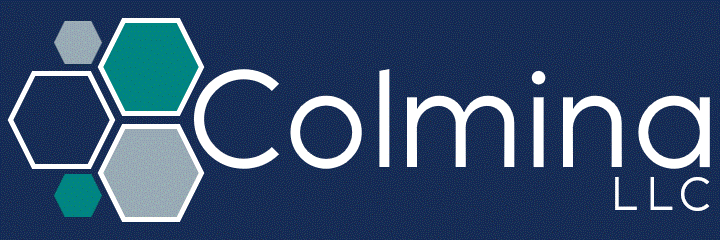Strategies for Effective 401(k) Contribution Management: Maximizing Employee Participation and Savings
- Ed Riley
- May 19
- 4 min read
A well-structured 401(k) plan is an essential component of any business’s employee benefits package, but merely offering the plan is not enough. To maximize the effectiveness of a 401(k) plan, business owners must focus on encouraging employee participation and fostering an environment where employees feel confident in contributing toward their future retirement goals. When employees are actively engaged in their 401(k) plans, they are more likely to save more and, in turn, be better prepared for retirement. The key to this success lies in effective 401(k) contribution management.
The Power of Employer Matching Contributions
One of the most effective ways to encourage employee participation and maximize savings is through employer matching contributions. A matching contribution program is a powerful tool that incentivizes employees to contribute to their 401(k) plan by offering a company match, typically based on the percentage of their salary or contribution amount. This can significantly boost the total amount employees save for retirement, making it a win-win for both employees and employers.
For business owners, offering an employer match is not just a competitive advantage; it also increases employee engagement and satisfaction. Employees are more likely to participate in the plan when they know that their contributions are being effectively “matched” by the company, which can create a sense of financial security and loyalty. Additionally, offering a match may help attract top talent, especially in industries where retirement planning is seen as a highly desirable benefit.
On the other hand, employees benefit from the immediate return on their contributions, essentially receiving free money toward their retirement. A well-structured match can make it easier for employees to build substantial retirement savings without feeling burdened by their own contributions. For example, if an employer matches up to 4% of an employee’s salary, the employee can save more without exceeding their own contribution limits, effectively allowing them to double their retirement savings for the same investment.
Educational Resources for Empowering Employees
A crucial element in encouraging 401(k) participation is education. Many employees may be hesitant to contribute to a 401(k) plan simply because they don’t fully understand its benefits or how to navigate the investment options available. As an employer, offering educational resources can significantly increase participation rates and encourage employees to make more informed decisions about their retirement savings.
Offering on-site workshops or partnering with a financial advisor to provide guidance on investment options, risk tolerance, and how to set realistic retirement goals can make a significant difference. Employees who understand how their 401(k) plan works and the impact of their contributions are more likely to feel confident and motivated to participate. Additionally, providing resources on automatic enrollment, which automatically enrolls employees into the plan with the option to opt-out, can increase participation rates dramatically.
Another powerful tool is online platforms that allow employees to track their contributions, see their savings grow, and adjust their investment strategies as their financial situation changes. Providing employees with access to this information ensures that they are not just passively saving but actively engaged in their financial future.
Setting Contribution Goals: Encouraging Higher Savings Rates
While matching contributions and educational resources are vital, encouraging employees to increase their personal contributions to their 401(k) is also important for long-term financial success. Employers can help by setting up automatic contribution escalators, which increase the percentage of employee contributions over time. For example, an employee who starts contributing 3% of their salary may see their contribution increase to 5% after a year or two.
This gradual increase helps employees save more without overwhelming them from the start.
Another effective strategy is offering incentives for higher contribution levels. For example, employees who contribute at or above the company’s matching limit may receive additional financial education, special benefits, or even small bonuses for hitting savings milestones. These incentives can drive a culture of financial wellness within the organization.
Long-Term Benefits of Strategic Contribution Management
Maximizing employee participation in 401(k) plans is not just about getting the most out of a single contribution—it’s about setting the stage for long-term financial success. Through employer matching, educational programs, and contribution management strategies, businesses can help their employees save more, plan better, and retire more comfortably. These strategies not only improve employee satisfaction but also create a culture where both employees and the business thrive.
At Colmina, we work with business owners to design and manage 401(k) plans that encourage employee participation and savings. From optimizing employer matching contributions to providing educational resources, we help businesses create effective retirement planning strategies that benefit both employees and employers alike. By prioritizing retirement savings, you’re investing in your team’s future—and in the future success of your business. Who We Are
At Colmina, we are dedicated to building a community centered around the well-being of those we care for. Our commitment to fiduciary advice ensures our decision-making is always in the best interest of our clients. No matter the twists and turns of the financial market, our advice will adapt to match so that your plans can stay true to the course.
Colmina strives to earn and maintain the trust of our clients. We are dedicated to crafting customized plans and personalized portfolios that are tailored to meet your goals.
*This article is for informational purposes only and does not constitute financial advice. Please consult a licensed financial advisor or professional for personalized recommendations.



